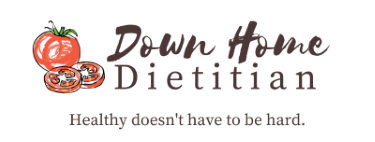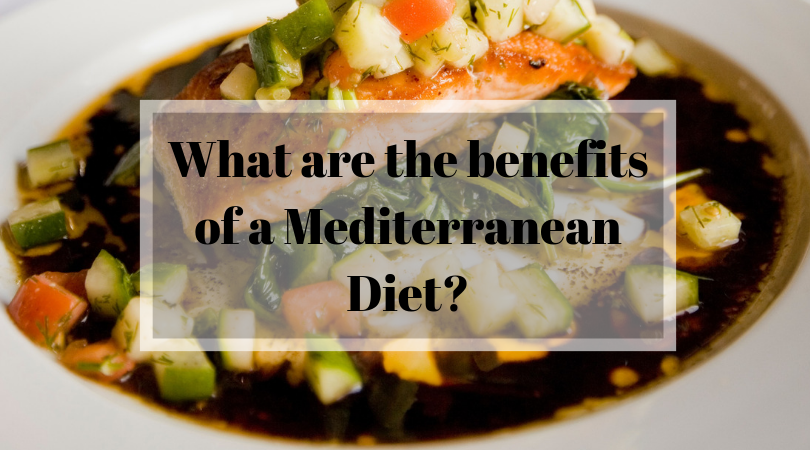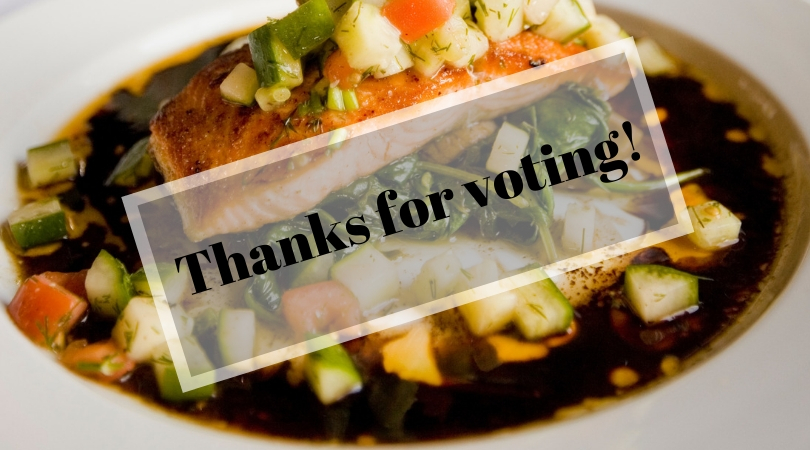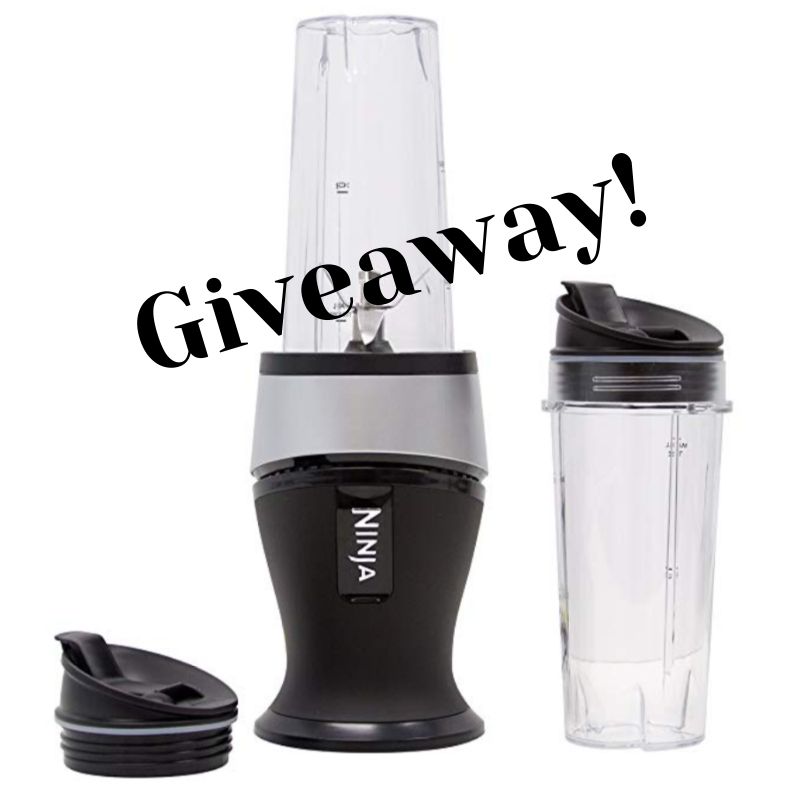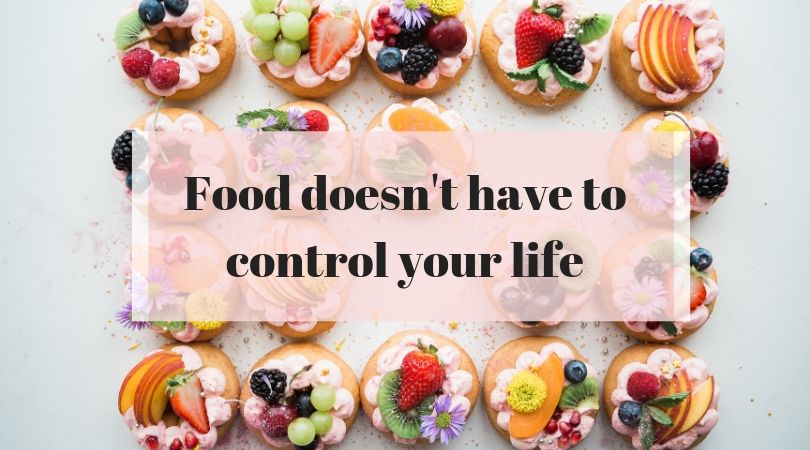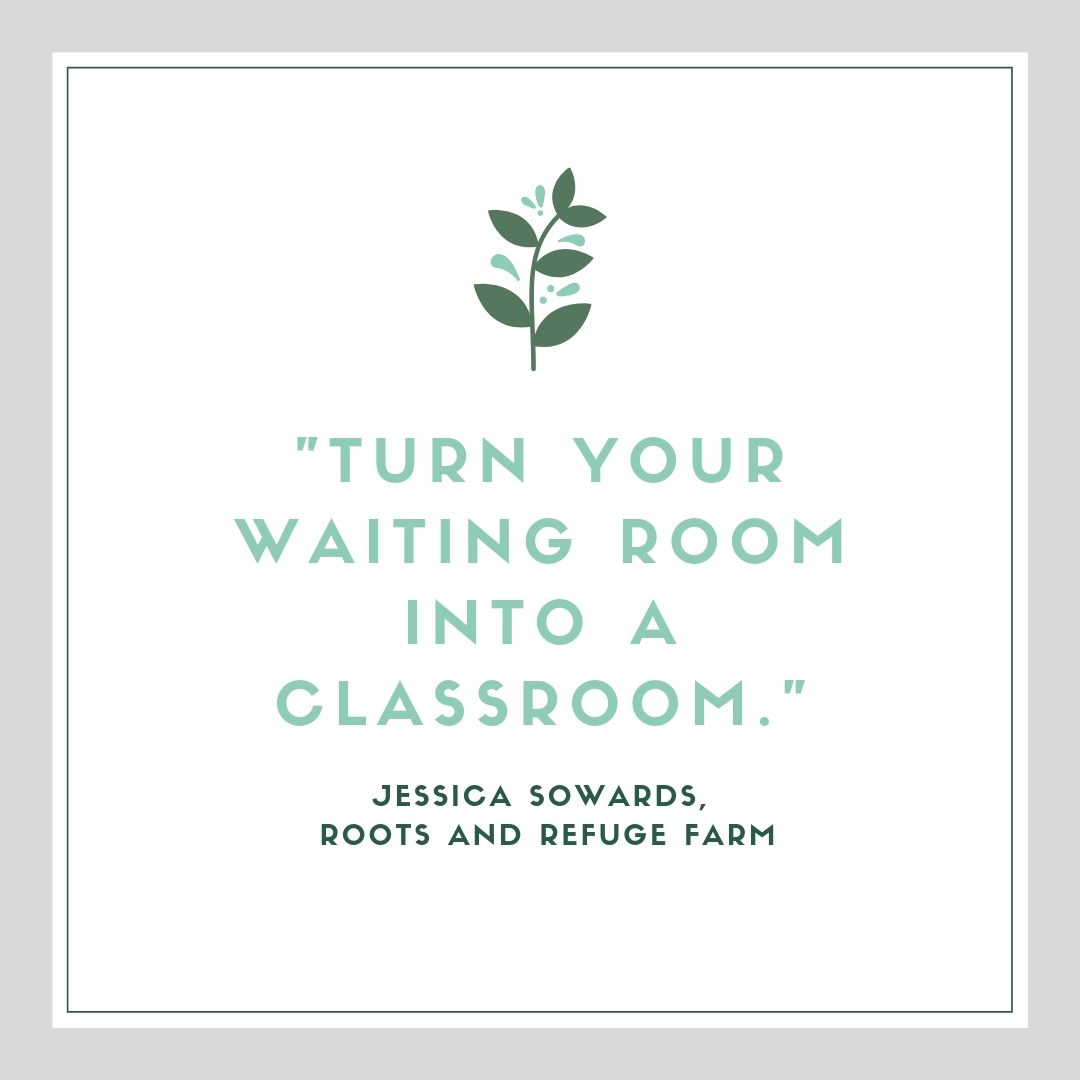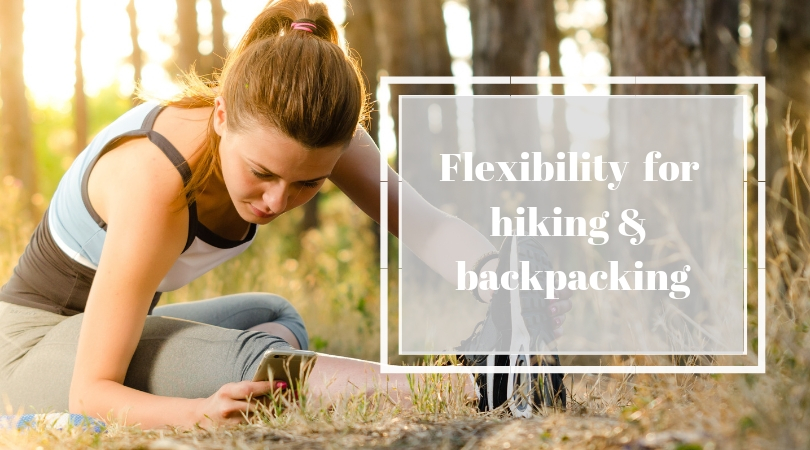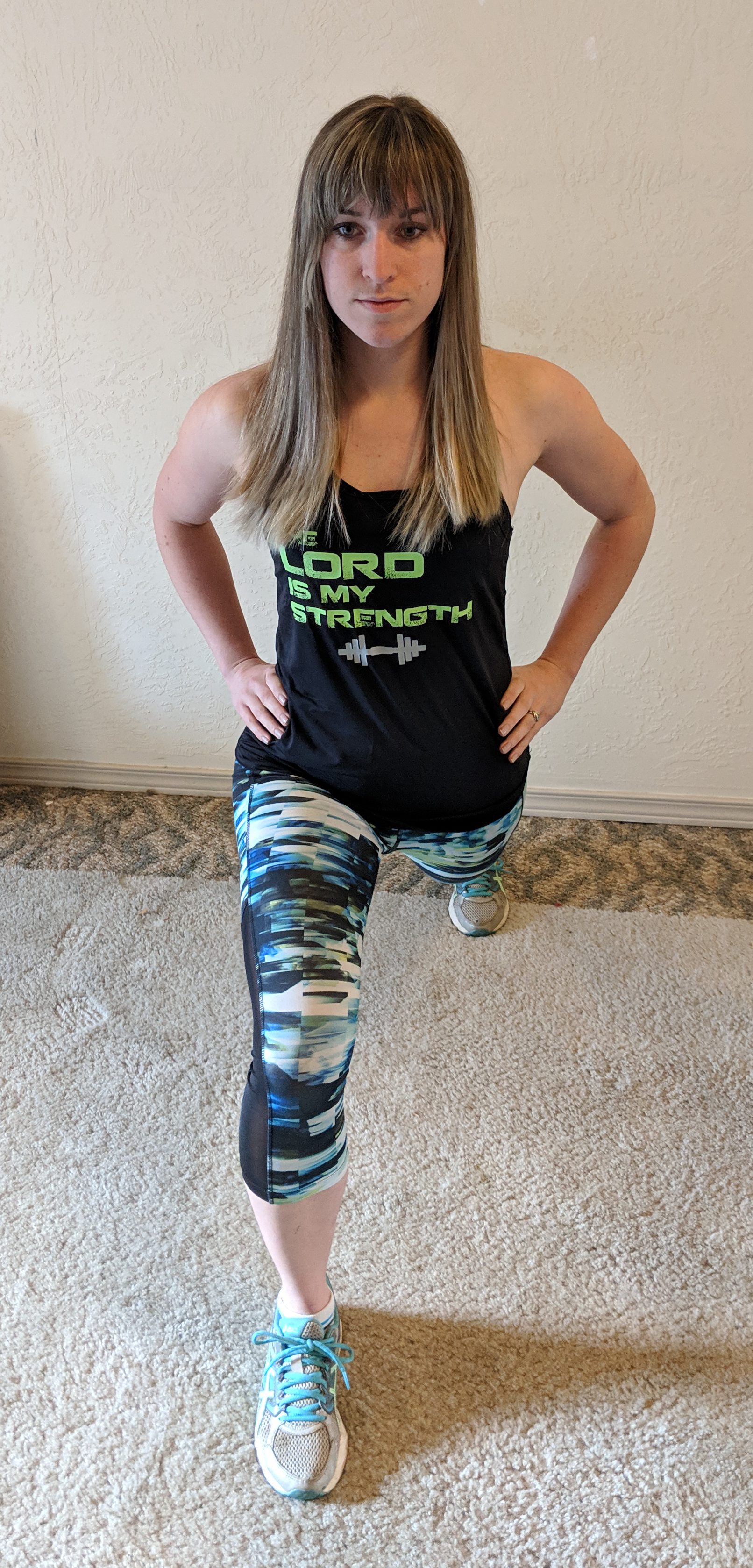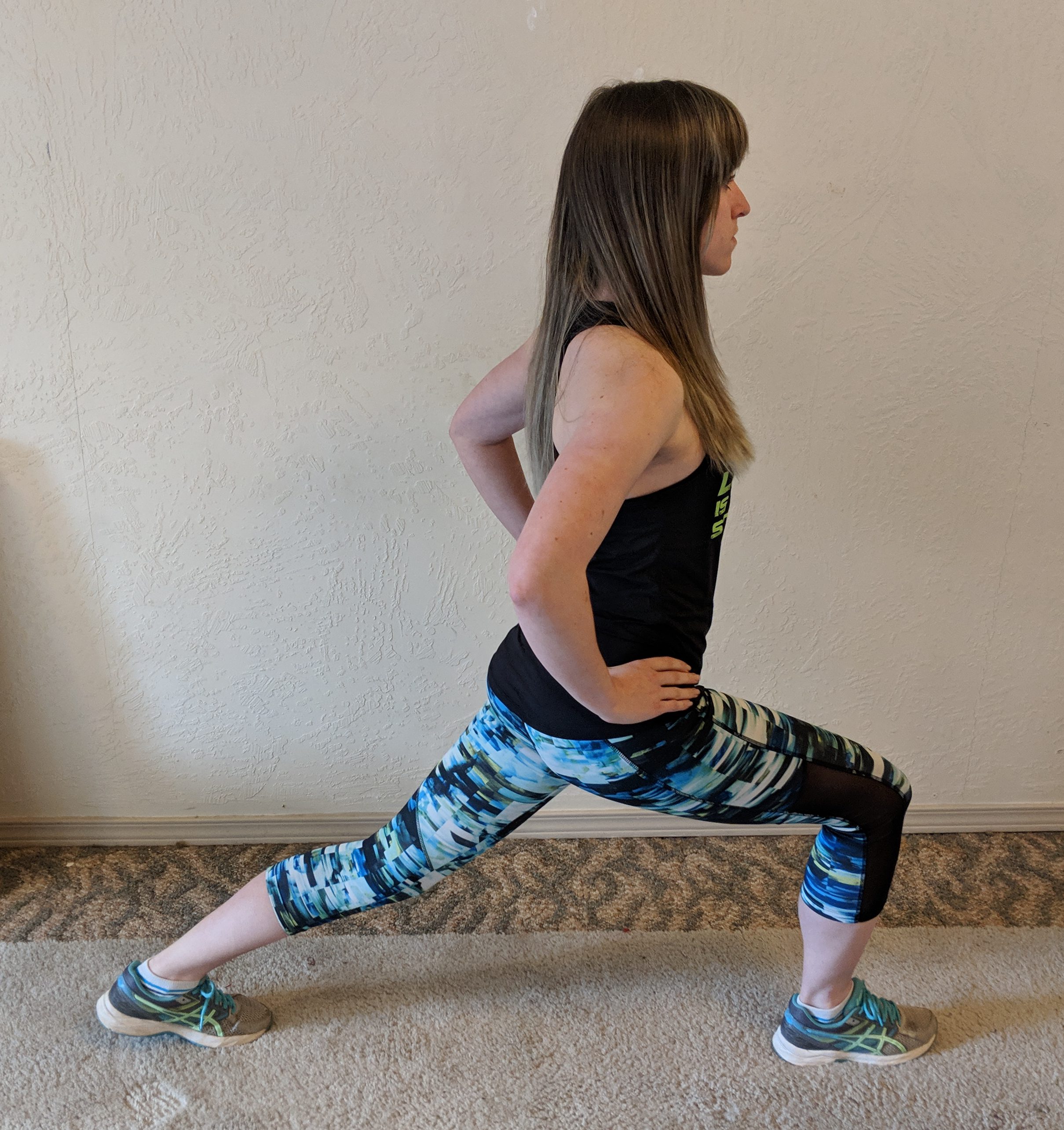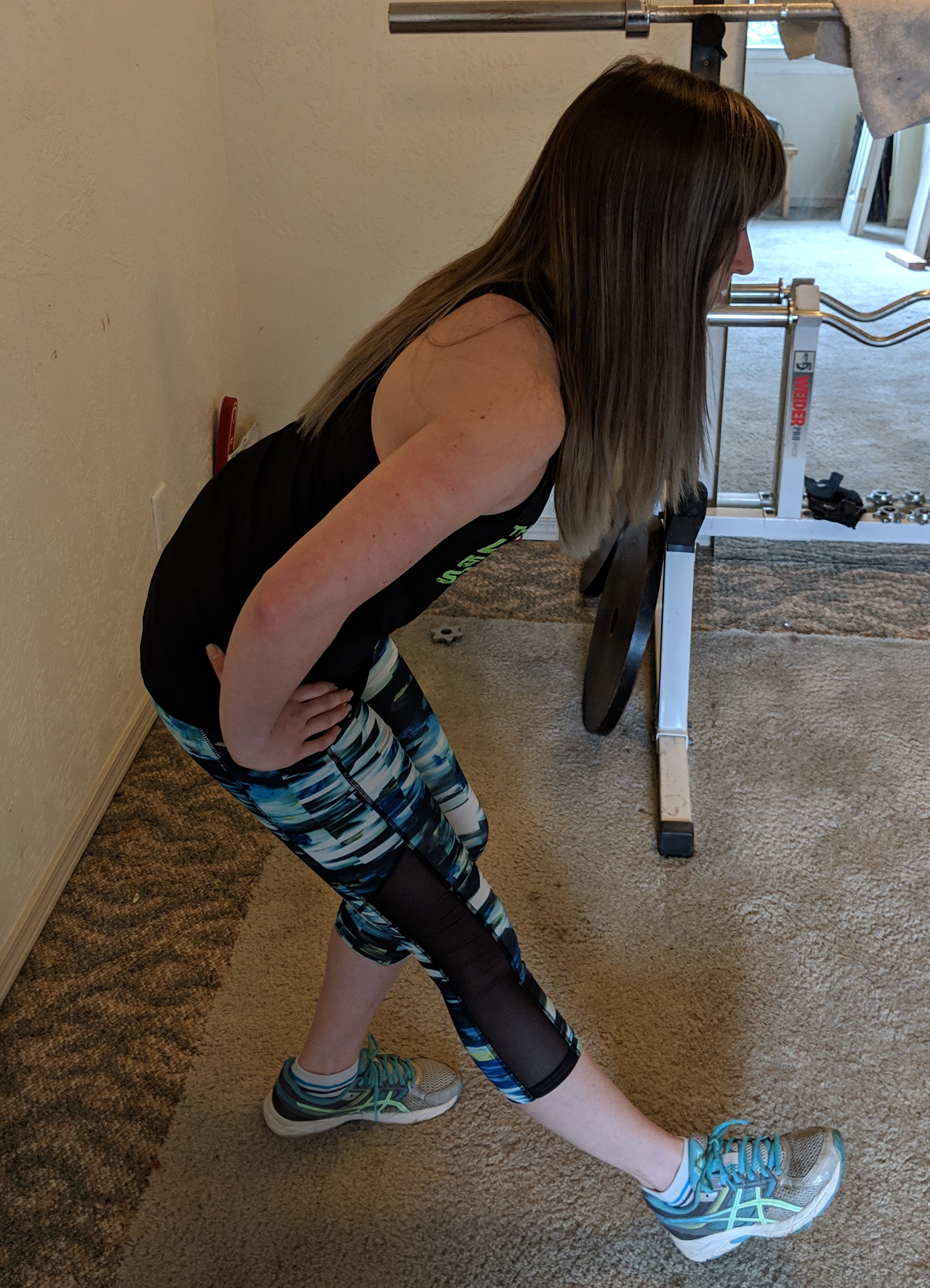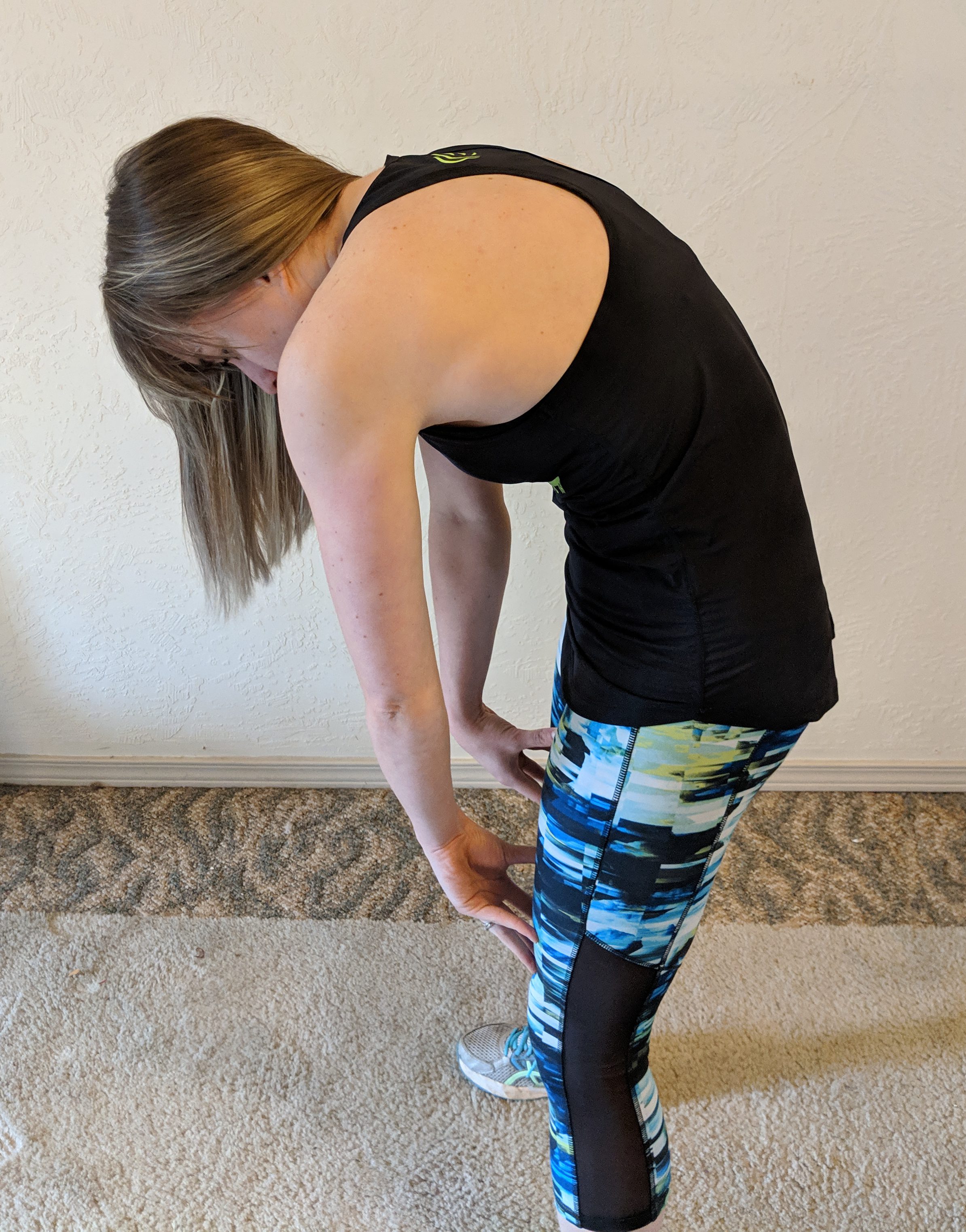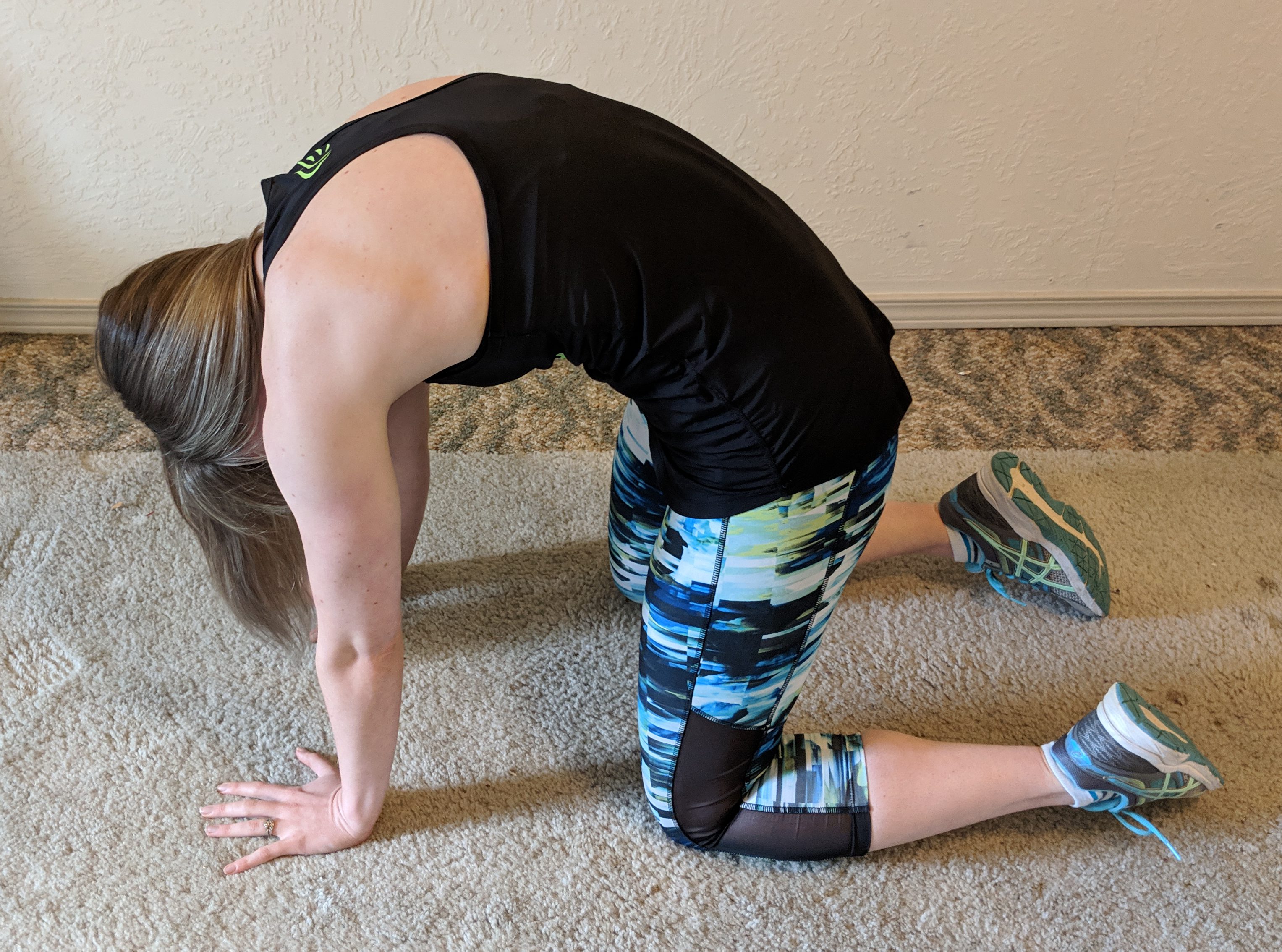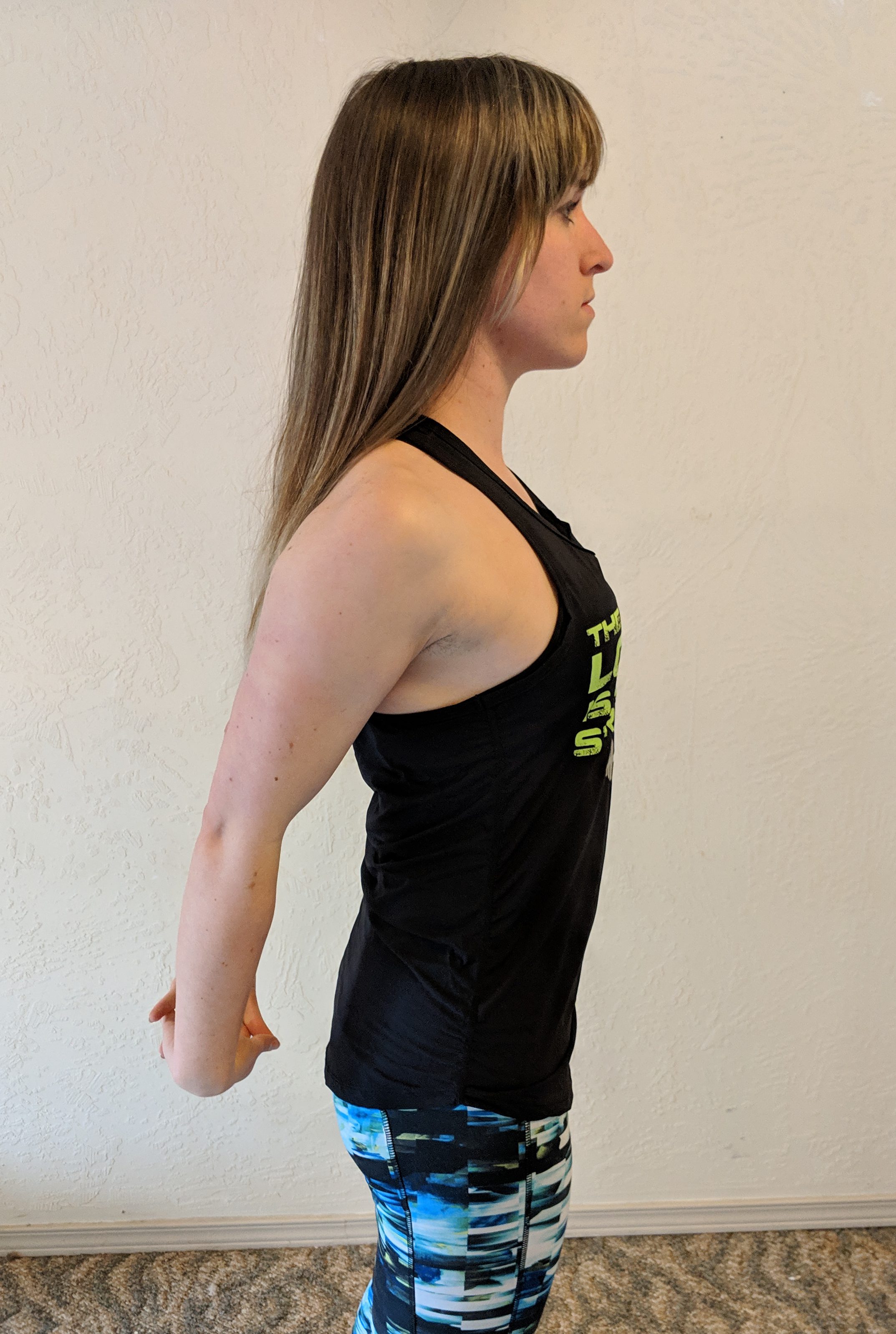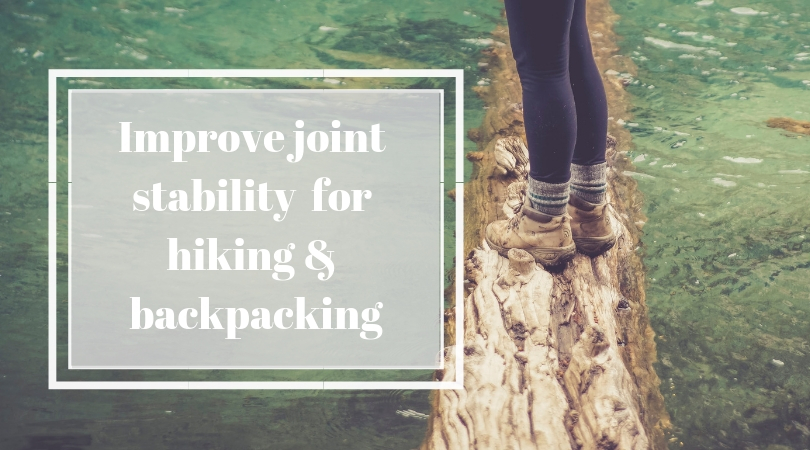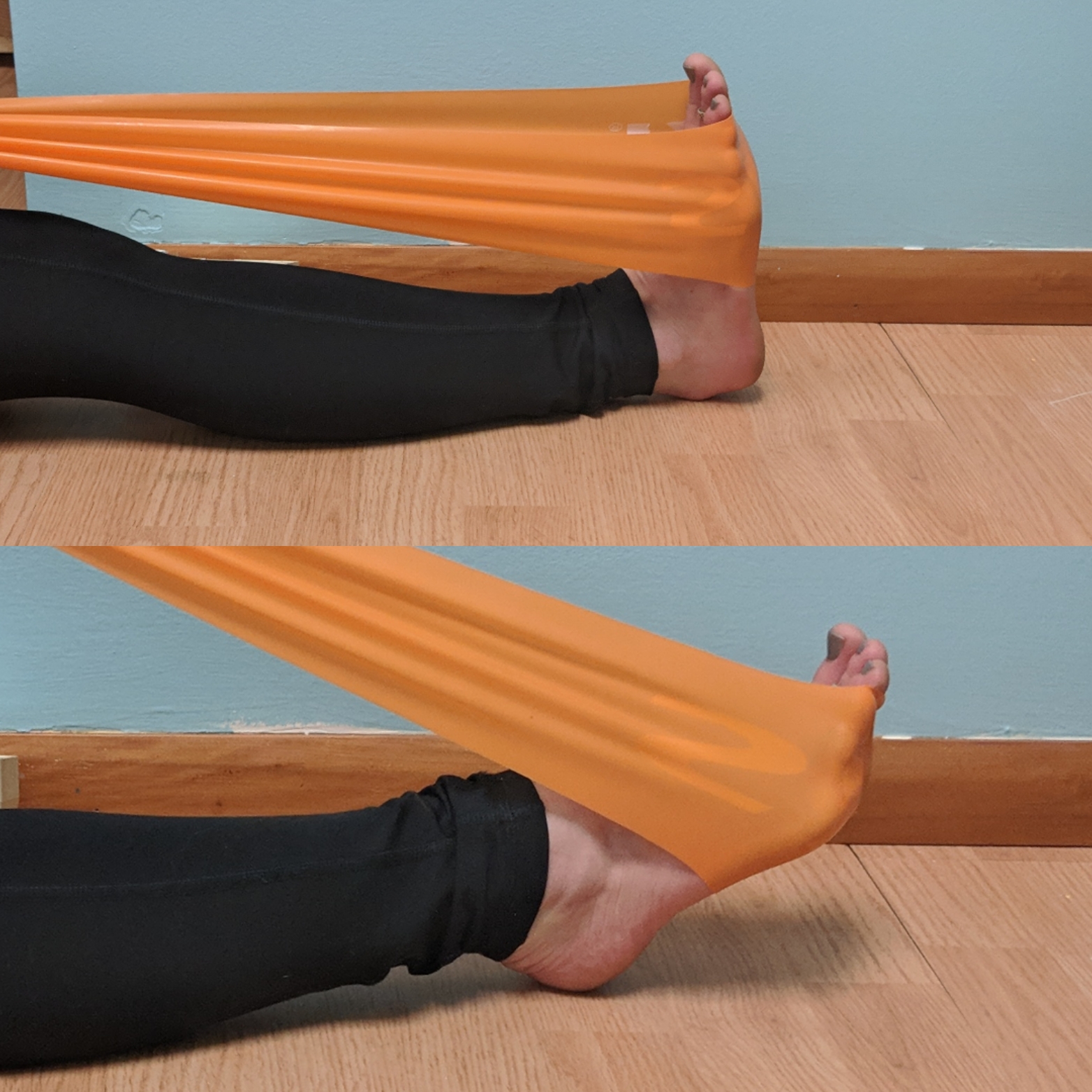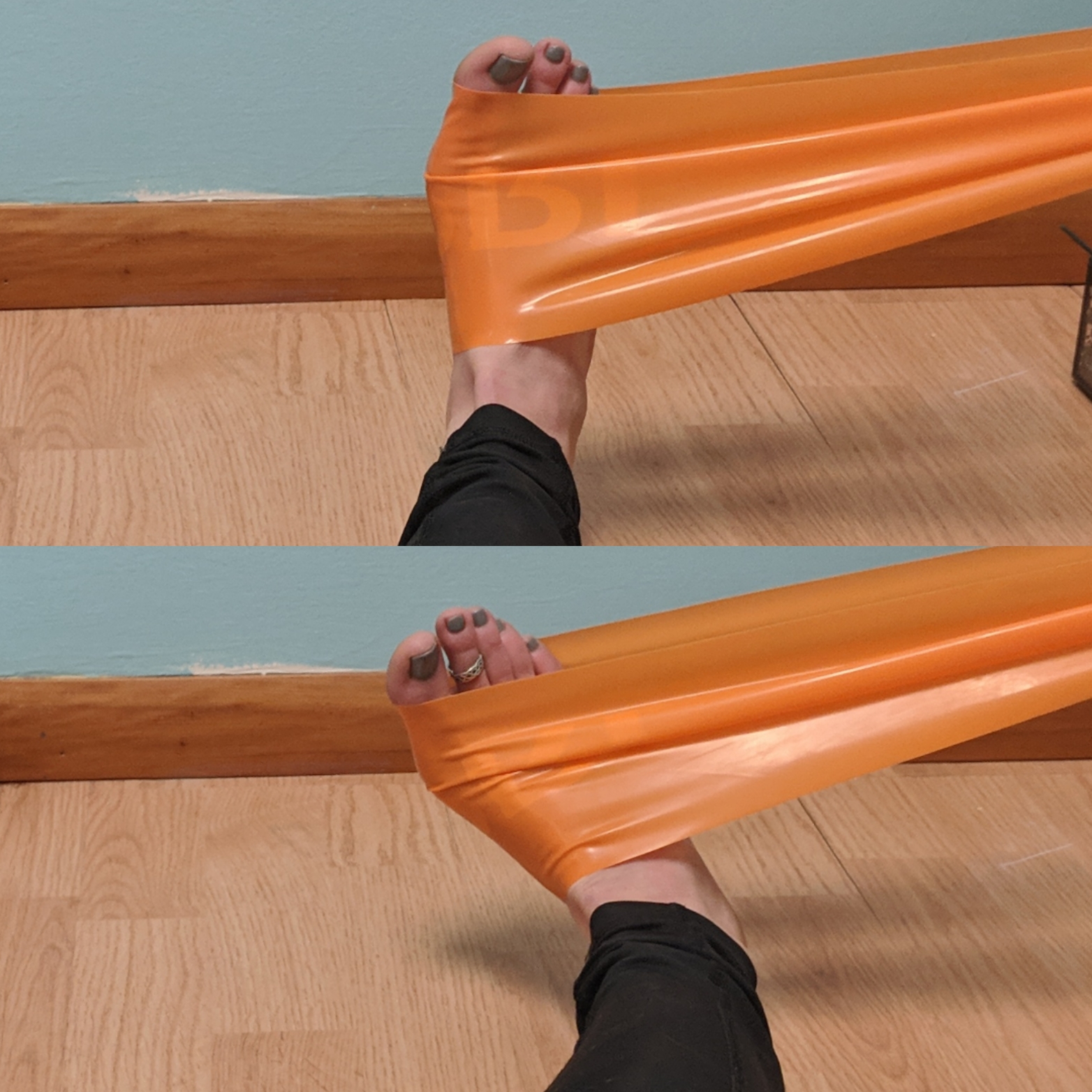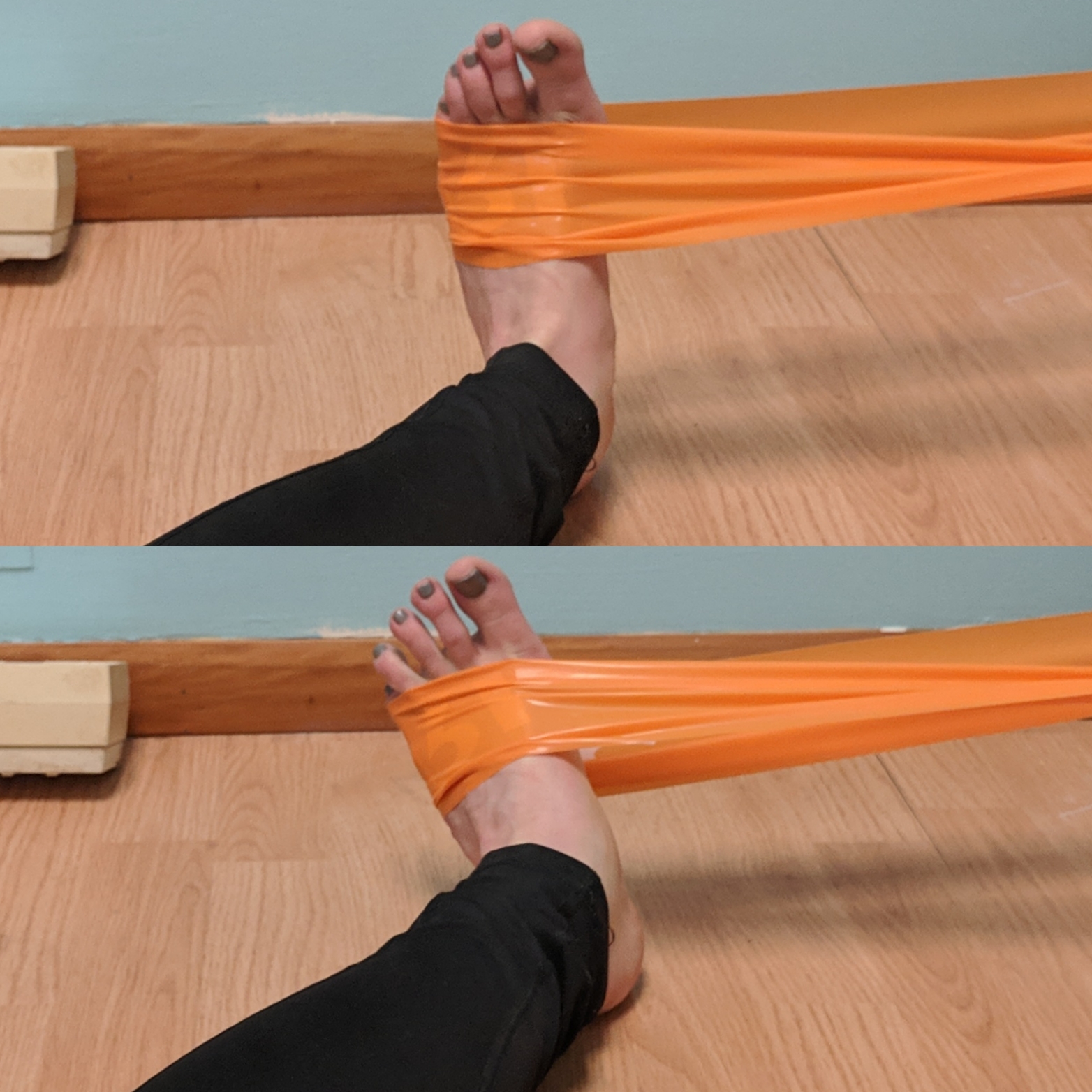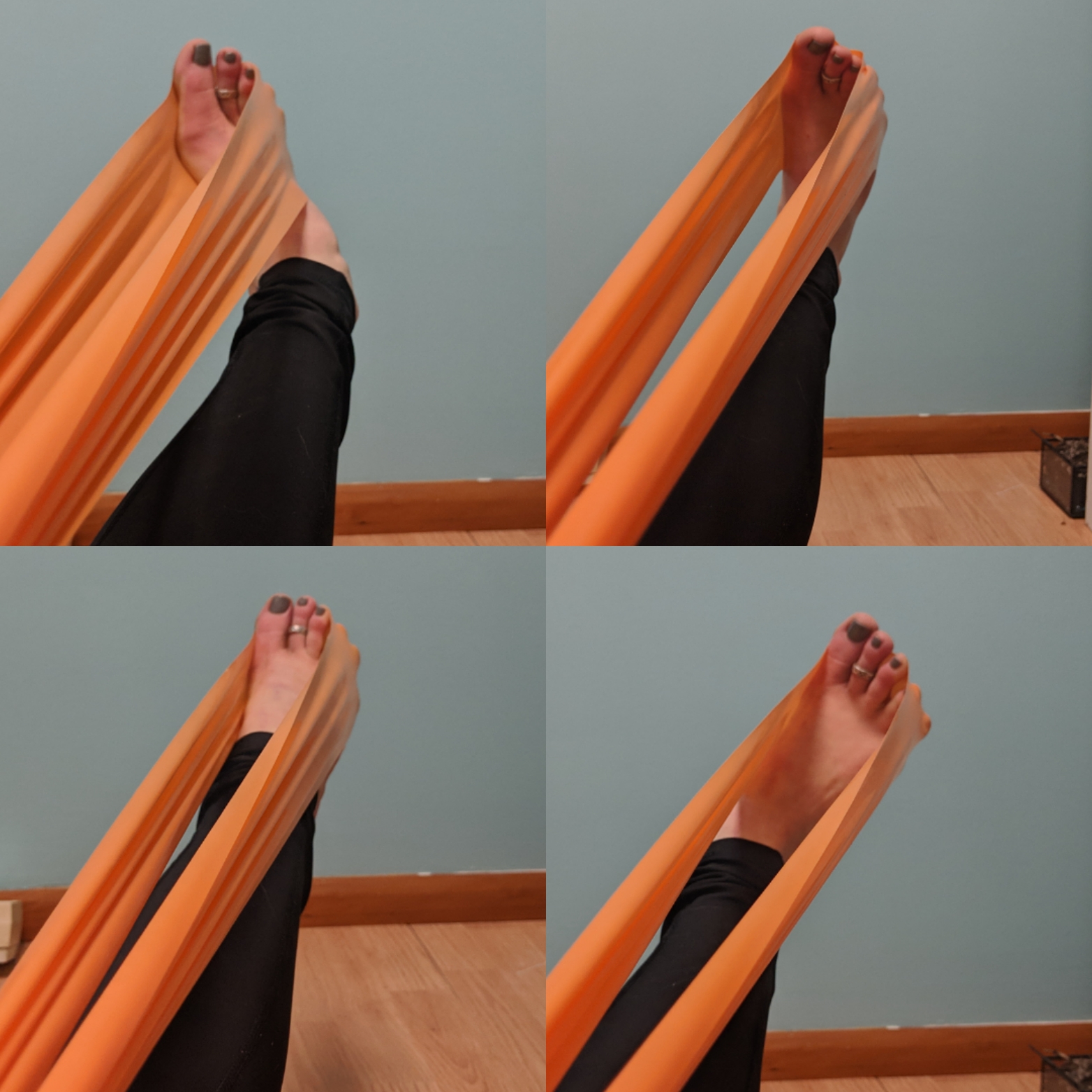For the two weeks I have been following recommendations for the Mediterranean Diet. For many years scientists have been trying to pin down and research the eating patterns of countries with the best overall health. Over time, the Mediterranean people have been one of a few groups with some of the most noteworthy health outcomes and lowest rates of disease. Closely following the Mediterranean eating pattern (with slight variations based on differing guidelines) has been shown to provide people with the following benefits:
Improved Overall Longevity
- 9% less likely to die of any cause1-2, increased to 50% in people 70-90 years old (https://jamanetwork.com/journals/jama/article-abstract/199485)
- 9% less likely to die from cardiovascular disease1-3
- 6% less likely to die from cancer1-3
Better Heart Health
- improvement in the ratio of “good” to “bad” cholesterol2
- lower incidence of major cardiovascular events in high risk populations2
- 9% less likely to die from cardiovascular disease1, 3
Improved nutritional intake
- meeting recommendations for daily fiber consumption2
- consuming more healthful monounsaturated fats and fewer inflammatory saturated fats2
Weight Management
- decreased calorie intake compared to participants’ baseline intakes2
- gradual weight loss averaging 5 lbs per year2
Tighter Blood Glucose Management
- lower fasting blood glucose and lower insulin levels in diabetic participants2
Preserved Cognitive Function
- lower incidence of Alzheimer’s disease4
- 13% combined lower incidence of Parkinson’s Disease and Alzheimer’s disease1
Improved Cancer Outcomes
- 6% reduced incidence of or death from cancer1
This is by no means an exhaustive list of the documented benefits of the Mediterranean Diet – there are many more! This gives a good overall impression of what the research says about this eating pattern. Stay tuned as I continue to share about my experience following the Mediterranean Diet, and tips for making it easier.
You Might Also Like
What the Research Says about Intermittent Fasting
Recipe: 5-Minute Heart Healthy Pizza Sauce
References
- Sofi F, et al. Adherence to Mediterranean Diet and Health Status: A meta-analysis. BMJ. 2008. 337. Accessed from: https://www.bmj.com/content/337/bmj.a1344.long.
- Trichopoulou A, et al. Adherence to a Mediterranean Diet and Survival in a Greek Population. N Eng J Med. 2003. 348:2599-2608. Accessed from: https://www.nejm.org/doi/full/10.1056/nejmoa025039.
- Knoops K, de Groot L, Kromhout D. Mediterranean Diet, Lifestyle Factors, and 10-Year Mortality in Elderly European Men and Women. JAMA. 2004. 292(12):1433-1439. Accessed from: https://jamanetwork.com/journals/jama/article-abstract/199485.
- Scarmeas N, et al. Mediterranean diet and risk for Alzheimer’s disease. Ann of Neurology. 2006. 59(60):912-921. Accessed from: https://onlinelibrary.wiley.com/doi/abs/10.1002/ana.20854.
